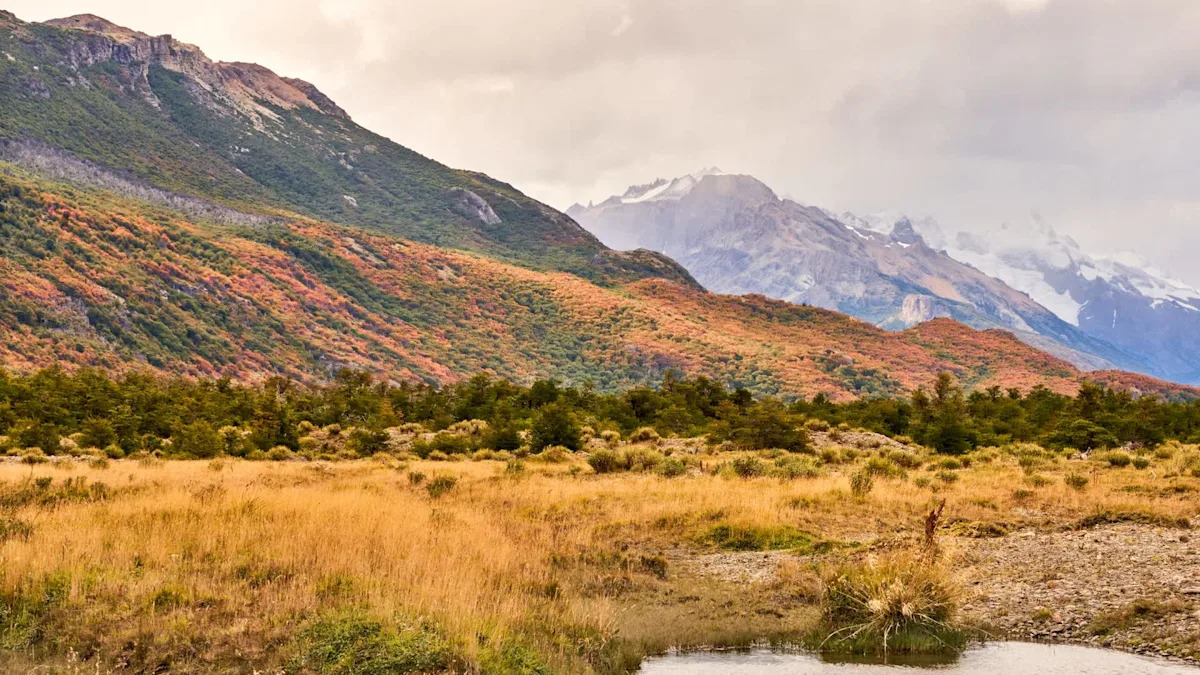A research expedition in Chile’s Patagonia recently captured footage of a small group of rare, endangered huemul deer — also known as the South Andean deer — in the southern region of the country. The conservation nonprofit Rewilding Chile shared this footage on Instagram, describing the sighting as “[confirmation] of the presence of a never-before-documented subpopulation of huemuls (Hippocamelus bisulcus) at Cabo Froward.”
The newly discovered little herd comprised one adult male deer and two younger male deer, in addition to one adult female deer and her young. According to an Outdoors.com report, fewer than 1500 huemul deer disperse in small, isolated populations across Chile and Argentina — only around 1000 in Chile, in fact, per EcoCamp Patagonia.
The researchers anticipate that, having stumbled upon one such unexpected group, there may be others like it, suggesting that the huemul species has a stronger chance for recovery than scientists once believed. Trail cameras may help them further push this theory and strengthen preservation efforts by ensuring experts can keep track of population numbers even without the need for direct intervention.
Protecting biodiversity — both in Patagonia and elsewhere around the world — is essential to maintaining a healthy, balanced planet. Whether through pollination, population control, or some other behavior, every species helps shape the dynamic of a particular ecosystem in its own way, and the loss or endangerment of any one can gradually spiral into the collapse of the ecosystem as a whole. Meanwhile, the success and diversity of a thriving ecosystem are sure to bolster local economies as tourists flock to marvel at the vibrant display of wildlife.
In Chile, keeping Cape Froward a refuge for huemuls may be part of the solution.
“The huemul discovery … reinforces Cape Froward’s potential as a stronghold for biodiversity facing climate stressors,” reported the Rewilding Institute. “Its vast, intact ecosystems include carbon-storing peatlands, temperate forest, and a rich mosaic of marine and terrestrial habitats.”
Join our free newsletter for good news and useful tips, and don’t miss this cool list of easy ways to help yourself while helping the planet.

